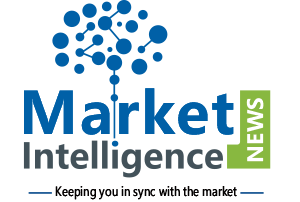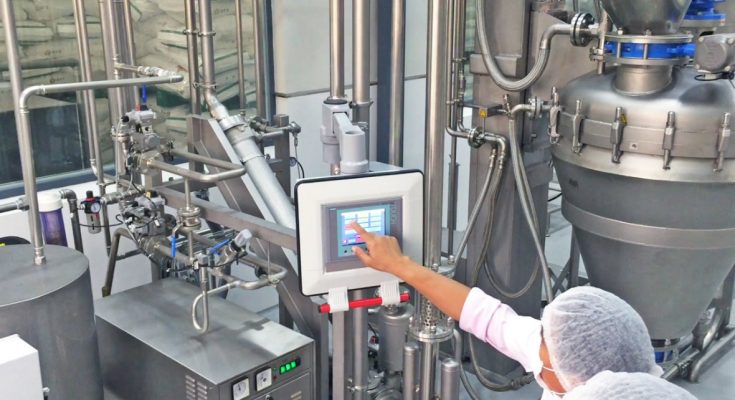Sterilization technology market was valued at $4.1 billion in 2016 and is projected to cross $7.0 billion by 2023, growing at a CAGR of 9.0% between 2017-2023. The market will be led by sterilization devices in terms of size and sterilization services in terms of growth. There are various sterilization technology devices available in the market that are based on steam, low temperature, heat, radiation, filtration, liquid, and ultrasound.
Various factors driving the growth of the sterilization technology market include rising incidence of healthcare associated infections (HAIs), increase in the number of surgeries, growing demand for sterilized pharmaceutical products, expanding demand for less invasive surgical procedures, growing aging population and the growth in pharmaceutical and biotechnology industry in Asian countries.
Taking into account of geographical landscape, the Asia-Pacific sterilization technology market has been experiencing significant growth due to increasing aging population, rising healthcare expenditure, growing pharmaceutical industry in the region, high pollution levels, and growing medical tourism. The market in the region will witness 10.6% CAGR during the forecast period. According to the World Bank, the healthcare expenditure of South Asia was 3.9% of its total GDP in 2000, which increased to 4.4% in 2014. The growing healthcare infrastructure in Asia-Pacific is creating huge revenue generation opportunities for the medical device manufacturers in the region to adopt for sterilization products and services.
Globally, the key providers in the sterilization technology industry are launching new products to gain a larger market share. In June 2017, Advanced Sterilization Products (ASP), Ethicon, Inc. received the USFDA clearance for its 30-minute STERRAD VELOCITY BI system. The system has reduced the result time from several hours to 30 minutes, and this new enhancement to the company’s complete sterile ecosystem gives hospitals the opportunity to raise their standard of care by running a BI in every cycle, every day. It minimizes the need for manual documentation and thereby reducing the potential for human error.




